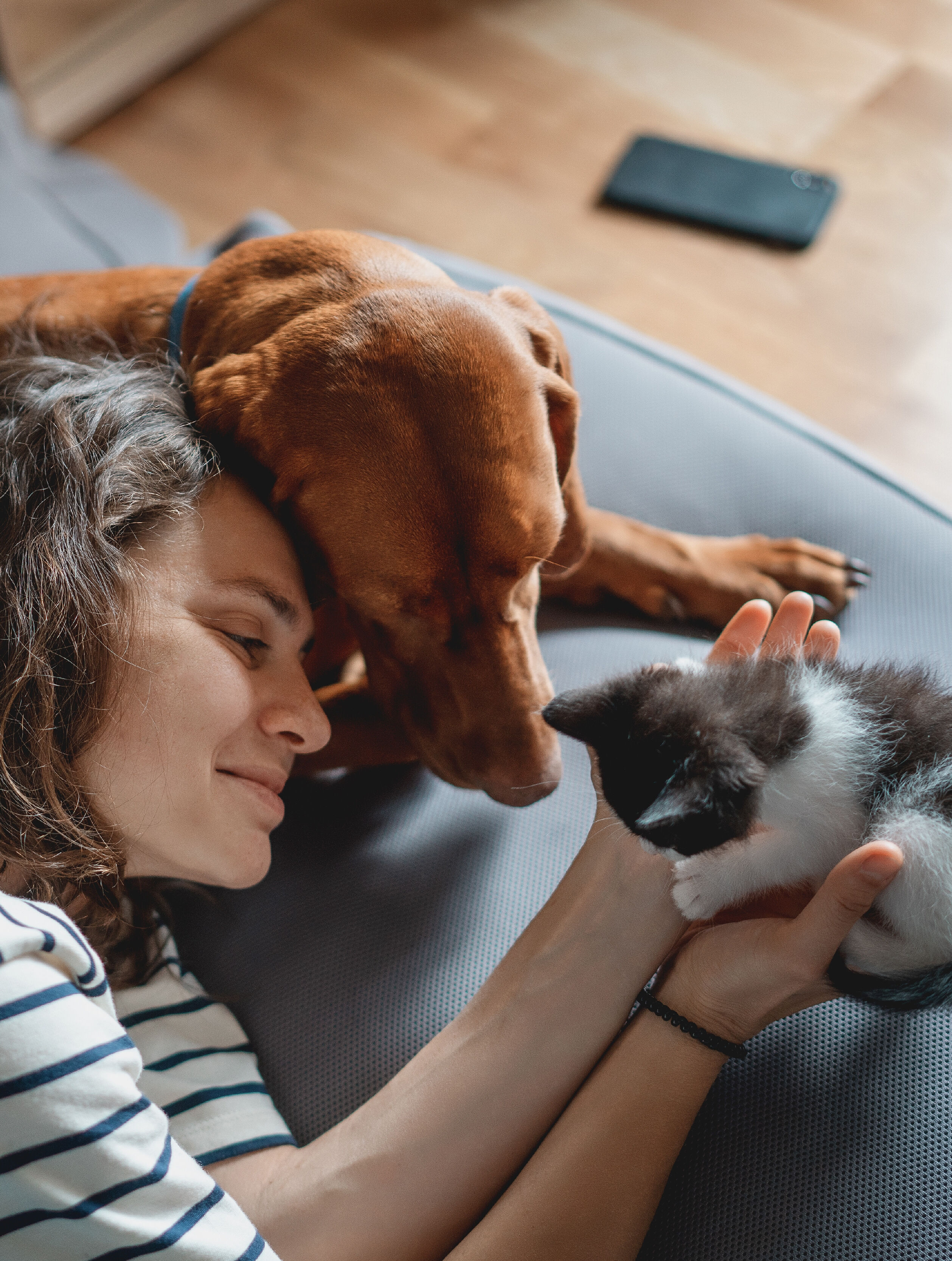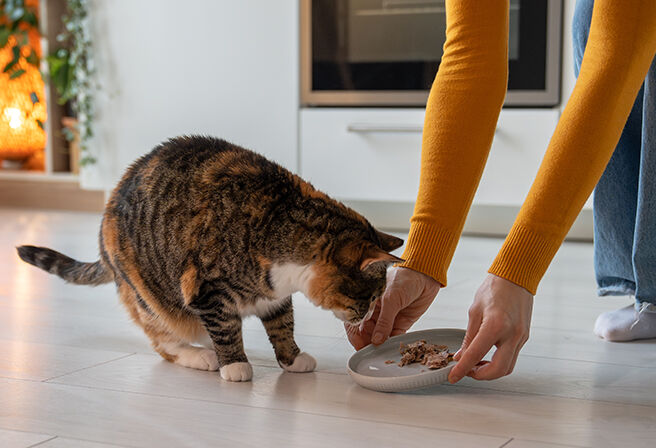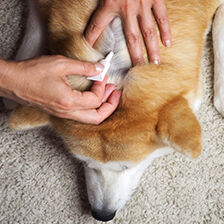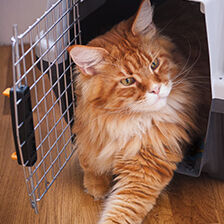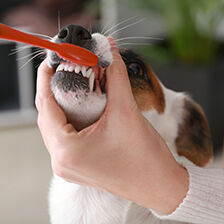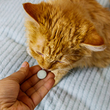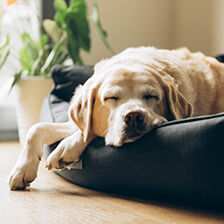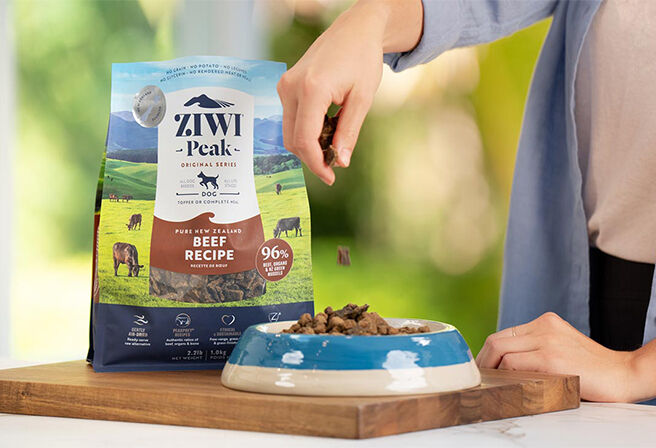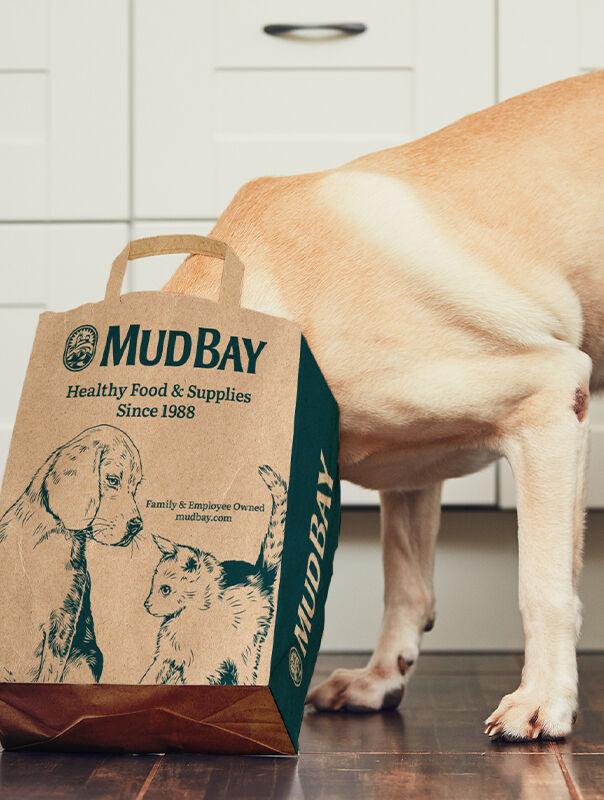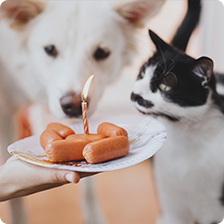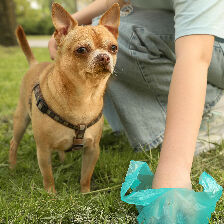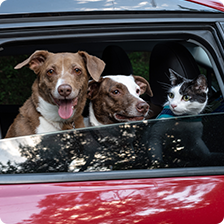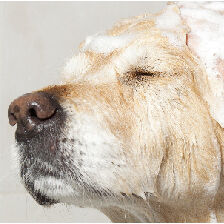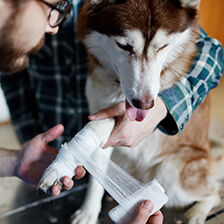SHOP OUR TOP CATEGORIES

Adopt-a-Shelter-Cat Month
This time of year is "kitten season," and, unfortunately, shelters are overflowing with wonderful, loving cats and kittens of all ages, sizes, colors, and temperaments. Adopt your new furry best friend today--then visit us to stock up on all the essentials you'll need to create a happy, healthy home for your new feline companion.

Fireworks Anxiety? Calmatives Can Help.
Whether it's treats with soothing herbal ingredients or a shirt that provides pressure to ease anxiety, we have what you need to support your pet as you head into fireworks season.

The Outdoors are for Playtime
Take advantage of the wonderful warm and sunny weather here in the PNW and get outside with your pet! We've got toys, harnesses, gear, and treats to help you make lasting memories.

Breathe in Some Fresh Air
Dogs experience the world differently that we do--mainly through their amazing nose! Not counting all the other benefits of walking, playing, or just hanging with your pup outside, just letting them stop and sniff to their heart's content helps them understand the world and improves cognitive fitness.

Have you heard the news?
We've expanded our delivery options to include new areas and even Same-Day Delivery!
.png)

Health & Wellness

The PNW loves Mud Bay
.png)

.png)
